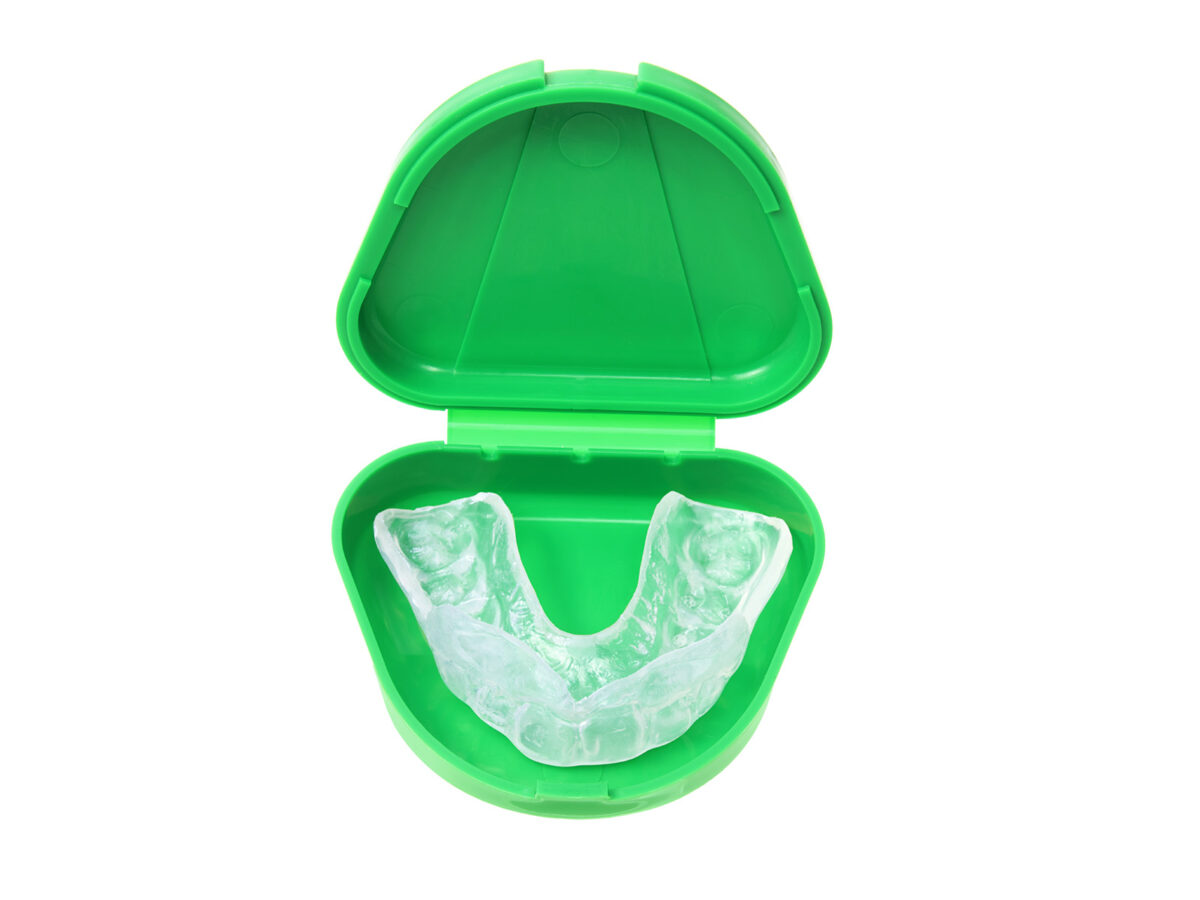Blog
Dental hygiene tips for healthy teeth & gums

Dental Problems That Can Be Prevented By Wearing A Mouthguard
Teeth are vulnerable to damage from sports and other vigorous activities. Chipped or cracked teeth are the mildest dental injury, but more severe accidents may necessitate significant dental care. However, a mouthguard that fits properly can significantly lessen the likelihood of oral injuries and other dental issues. We’ll review how a mouthguard may protect your teeth and gums from injuries and show you why you must always have one on hand.
How can a Mouthguard protect your teeth?
Fractures and chips to teeth are a common effect of playing contact sports and other activities that put teeth at risk of impact. Damage to your teeth from these sources can threaten their structural and functional integrity and aesthetic look. When you use a mouthguard, the impact force is absorbed and spread out, decreasing the likelihood of breakage or chipping.
- A severe blow to the face might dislodge or knock out a tooth entirely (a condition called avulsion). When left untreated, dental crises can lead to expensive and complicated procedures. A mouthguard that fits properly functions as a shock absorber, reducing the possibility of tooth displacement or avulsion as the impact forces are spread out across the mouth.
- Accidental trauma to the mouth can cause damage to the lips, cheeks, and tongue in addition to the teeth. A mouthguard acts as a buffer between your teeth and the soft tissues of your mouth, protecting both. Soft tissue injuries like cuts and bruises are less likely to occur because of the padding and shock absorption provided by the equipment.
- In addition to shielding your teeth and gums from Harm, a mouthguard can shield your jaw from fractures and temporomandibular joint (TMJ) disorders. Pain, trouble eating, and restricted jaw mobility can result from fractures or dislocations sustained in a severe accident. A mouthguard can prevent jaw fractures and TMJ issues by absorbing force and offering comfort to the wearer.
- Avoiding Harm to the Tooth’s Inner Structures (the Roots and Nerves)Dental injuries can impact more than just the teeth’s outer surfaces. Root fractures caused by tooth trauma can lead to tooth loss if not treated. Tooth death or permanent nerve damage may result from impact trauma to the dental pulp.
- Internal dental injuries can be prevented by using a mouthguard. The mouthguard protects the teeth against injuries, such as root fractures and nerve damage, by taking the impact instead of the teeth.
- When getting orthodontic treatment, like braces or aligners, it’s essential to wear a mouthguard to prevent damage to your teeth and orthodontic devices. Brackets, wires, and aligners can be damaged or displaced by a blow to the face, extending treatment time and increasing the likelihood of needing more corrections.
- Injuries to the teeth’s orthodontic alignment can be prevented by wearing a custom-fitted mouthguard, which acts as a buffer between the teeth and the lips, cheeks, and tongue. It prevents the appliances from moving around and helps keep them safe during vigorous activity.
Conclusion:
Mouthguards are an easy and effective approach to safeguarding your teeth and gums. A custom-fitted mouthguard can prevent injuries to the teeth, gums, and jaw by acting as a barrier and dispersing the power of impact.
Wearing a mouthguard is essential for protecting teeth from damage during contact sports, recreational activities, and even overnight teeth grinding. It protects your teeth and gums, as well as your jaw and any orthodontic work you may have done.
To ensure your mouthguard fits your needs appropriately, visit your dentist or orthodontist. When you prioritize safety and wear a mouthguard during sports, you can rest easy knowing that you’re doing what you can to protect your teeth and gums.


